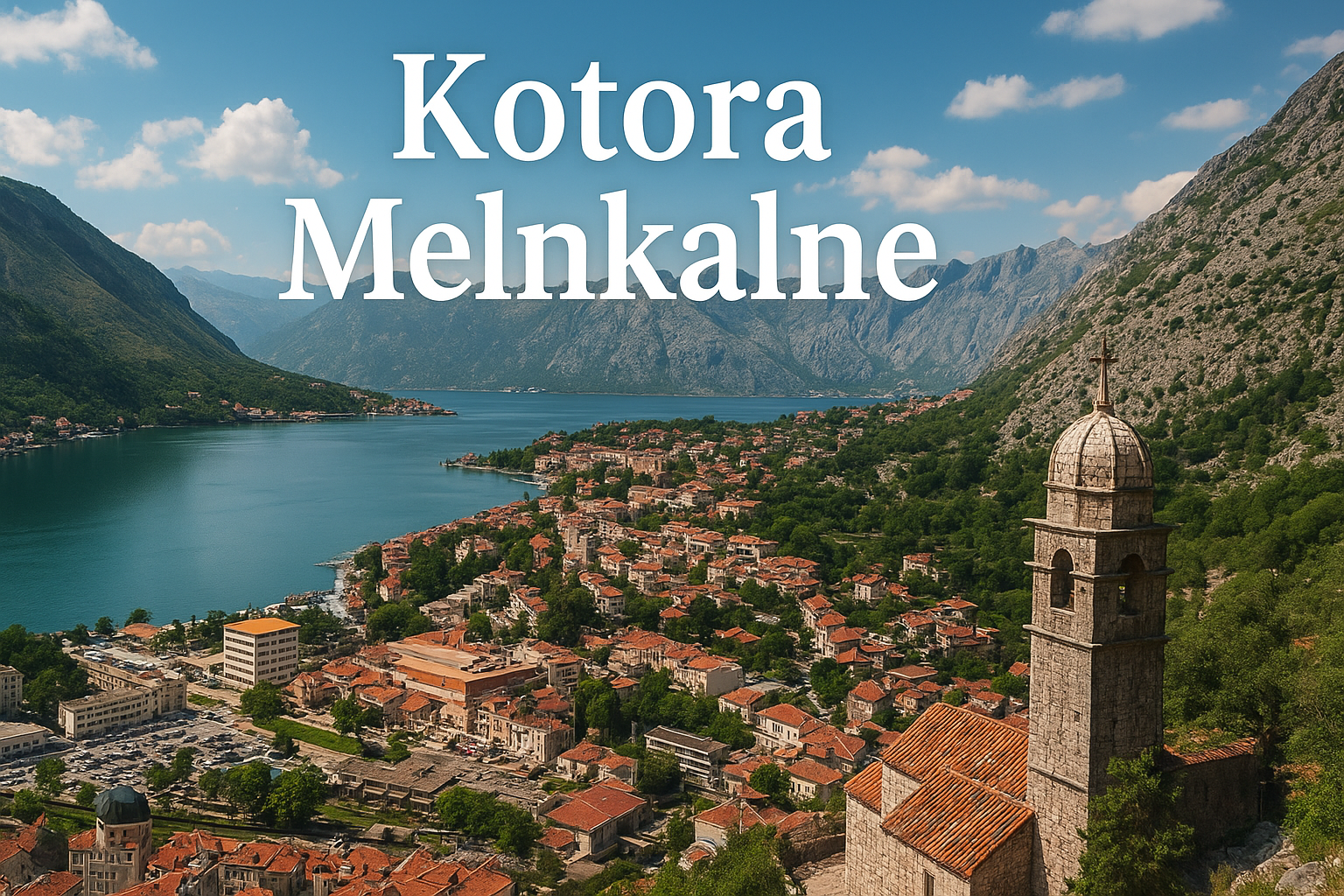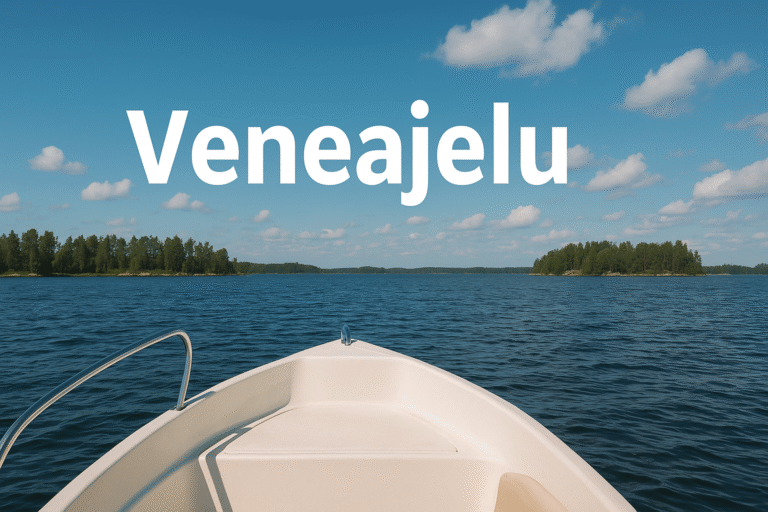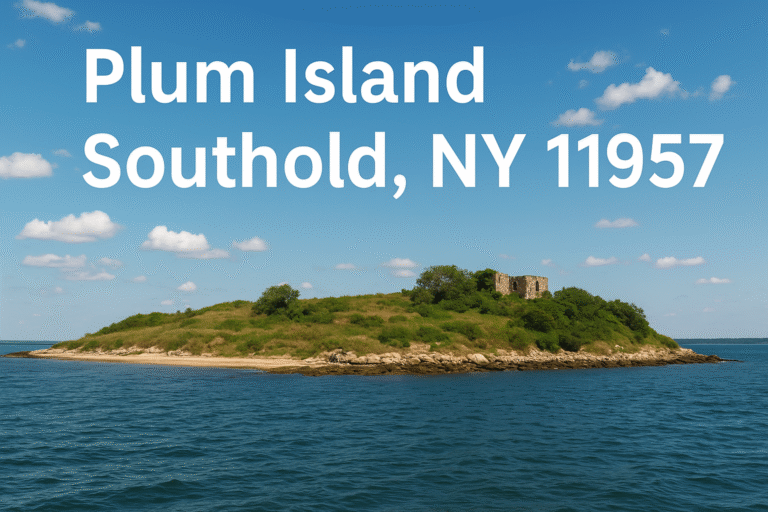
In the shimmering embrace of the Adriatic Sea lies a destination that captures both history and beauty in perfect harmony — Kotora Melnkalne. This enchanting place, often associated with the ancient coastal town of Kotor in Montenegro, embodies centuries of human creativity, resilience, and connection to nature. It is where the blue waters of the bay meet the gray slopes of rugged mountains, forming one of the most captivating landscapes in Europe. Whether you are a traveler seeking culture, adventure, or serenity, Kotora Melnkalne offers it all in one mesmerizing package.
The Meaning and Essence of Kotora Melnkalne
The name Kotora Melnkalne resonates with mystery and poetry. “Kotora” reflects the town of Kotor — a medieval gem on the Adriatic coast — while “Melnkalne” can be interpreted as a stylized or poetic form referring to “Montenegro,” literally meaning “Black Mountain.” Together, the term symbolizes the unity of sea and mountain, heritage and landscape, past and present. Kotora Melnkalne is not just a name; it is an expression of Montenegro’s soul, where nature and history intertwine seamlessly.
Geography and Natural Beauty
The setting of Kotora Melnkalne is nothing short of breathtaking. Nestled deep within the Bay of Kotor, often described as Europe’s southernmost fjord, the town is surrounded by towering limestone cliffs that plunge dramatically into the sea. The narrow inlet winds its way inland, creating a network of coves, villages, and ancient fortifications that seem untouched by time.
The surrounding mountains, such as Lovćen and Vrmac, not only form a spectacular backdrop but also protect the bay from harsh weather, creating a mild Mediterranean climate. The area enjoys long sunny days in summer and gentle, cool breezes in the evening. Winters are calm and picturesque, with fewer crowds, offering an intimate experience of the Adriatic’s beauty. The symbiosis of mountain and sea makes Kotora Melnkalne one of the most photogenic and naturally balanced destinations in Europe.
A Journey Through History
The history of Kotora Melnkalne stretches back over two millennia. Ancient Illyrians were the first known inhabitants of this region, followed by the Romans who established the area as an important trading post. During the Byzantine Empire, Kotor flourished as a strategic maritime and commercial center, linking the Adriatic with inland trade routes.
By the Middle Ages, Kotora Melnkalne had grown into a fortified city-state with impressive walls that still stand today. Its narrow cobblestone streets, medieval churches, and Venetian-style palaces tell stories of prosperity and resilience. The Venetian Republic ruled here for nearly four centuries, leaving behind a distinctive architectural legacy that gives the old town its signature charm — a fusion of Gothic, Baroque, and Renaissance influences.
In the modern era, the town endured the rise and fall of empires, earthquakes, and wars, yet it has preserved its character remarkably well. In recognition of its cultural and natural value, Kotora Melnkalne — representing the greater Kotor region — has been declared a UNESCO World Heritage Site. This acknowledgment reflects not only the town’s historical significance but also its living culture, traditions, and artistry that continue to thrive today.
Exploring the Old Town
The Old Town of Kotora Melnkalne is a labyrinth of beauty and history. Encircled by thick stone walls that date back to medieval times, it feels like a journey into another era. Every alley tells a story, every archway hides a secret, and every plaza bursts with local life.
The heart of the old town is the Cathedral of Saint Tryphon, built in 1166, dedicated to the city’s patron saint. This masterpiece of Romanesque and Gothic architecture houses priceless relics, frescoes, and carved details that transport visitors centuries into the past. Nearby stands the Clock Tower, a symbol of the city’s endurance through ages of change.
As you wander through the narrow lanes, you encounter cozy cafés, artisan shops, small museums, and traditional houses with red-tiled roofs. The atmosphere is vibrant yet calm, blending the hum of modern life with echoes of ancient voices. Exploring Kotora Melnkalne’s Old Town is more than sightseeing — it is an immersive experience that connects you to the living soul of the Adriatic.
The Majestic Fortress of San Giovanni
Towering above the town is the San Giovanni Fortress (also known as St. John’s Fortress), one of the most iconic sites in Kotora Melnkalne. Reaching the summit requires climbing around 1,300 steps, but the reward is worth every effort. From the top, visitors are treated to a panoramic view that stretches from the terracotta rooftops of the old town to the deep blue waters of the bay, framed by steep mountains.
The fortress itself is a reminder of the town’s strategic importance throughout history. Built and expanded by various rulers — from Byzantines to Venetians — it served as both a watchtower and a last line of defense. Today, it offers not only breathtaking views but also a glimpse into the fortitude and craftsmanship of past generations.
The Bay of Kotor and Its Islands
Beyond the city walls, the Bay of Kotor unfolds as a natural wonder of rare beauty. Its tranquil waters are perfect for sailing, kayaking, or simply enjoying a boat ride along its picturesque shores. Two small islands near the town of Perast — Our Lady of the Rocks and St. George Island — are must-visit landmarks. The former is a man-made island with a stunning church built on centuries of seafarers’ devotion; the latter is a natural island shrouded in legend and mystery.
Each bend of the bay reveals another charming village, stone church, or secluded beach. The calm water mirrors the mountains and sky, creating reflections that seem like living paintings. At sunset, the entire bay glows with golden light, offering one of the most romantic views in the Balkans.
Cultural Heritage and Festivals
Kotora Melnkalne is not only a historical and natural gem but also a vibrant cultural center. Throughout the year, the town hosts various events that celebrate art, music, and local traditions. The KotorArt Festival, one of the most prominent in the region, brings together international musicians, theater troupes, and visual artists in a fusion of creativity and heritage. Performances take place in ancient squares, churches, and open-air stages, creating a magical atmosphere.
Another highlight is Boka Night, a summer celebration where locals decorate boats and parade them across the illuminated bay. Music, laughter, and fireworks fill the air, symbolizing the joy and unity of the community. The combination of old customs and youthful energy keeps the spirit of Kotora Melnkalne alive and ever-evolving.
Gastronomy and Local Flavors
Food is an essential part of the Kotora Melnkalne experience. The cuisine reflects the Mediterranean spirit — fresh, flavorful, and deeply connected to the land and sea. Local specialties include black risotto made with cuttlefish ink, grilled octopus, and seafood pasta. Meat lovers will enjoy Njeguški pršut, a traditional smoked ham served with homemade cheese and olives.
To accompany meals, try a glass of Vranac, a robust red wine from Montenegrin vineyards, or a shot of rakija, a local fruit brandy. Dining in Kotora Melnkalne is not merely about eating; it’s a celebration of life’s simple pleasures — fresh ingredients, good company, and unforgettable views.
Best Time to Visit and Travel Tips
Kotora Melnkalne welcomes visitors all year round, but the best time to explore is during spring and autumn. From April to June and September to October, the weather is pleasant, the sea is warm, and the crowds are thinner. Summer months bring lively festivals and long days of sunshine, but also more tourists, especially when cruise ships dock.
The nearest airport is in Tivat, only a short drive away. Public buses and taxis connect Kotor with other Montenegrin cities like Budva, Podgorica, and Herceg Novi. Within the old town, walking is the best way to explore — wear comfortable shoes, as the cobblestone streets can be slippery.
For those seeking adventure, hiking trails around Mount Lovćen offer panoramic views, while the nearby coastline provides opportunities for swimming, sailing, and diving. Whether you are an explorer, a photographer, or a dreamer, Kotora Melnkalne has something unforgettable for everyone.
Read also: United Christchurch SFO Diverted Honolulu: The Full Story Behind the Unexpected Diversion
Why Kotora Melnkalne Is Truly Special
What makes Kotora Melnkalne stand out is not just its scenery or history — it is the harmony between the two. It’s a place where every stone whispers of the past, yet every sunrise promises new beginnings. The rhythm of life here is slower, more poetic, inviting visitors to pause and savor each moment.
From its majestic fortresses to its peaceful waterfront cafés, from ancient rituals to modern celebrations, Kotora Melnkalne embodies the timeless essence of Montenegro. It is a destination that lingers in the heart long after you leave, calling you back to its shores again and again.



